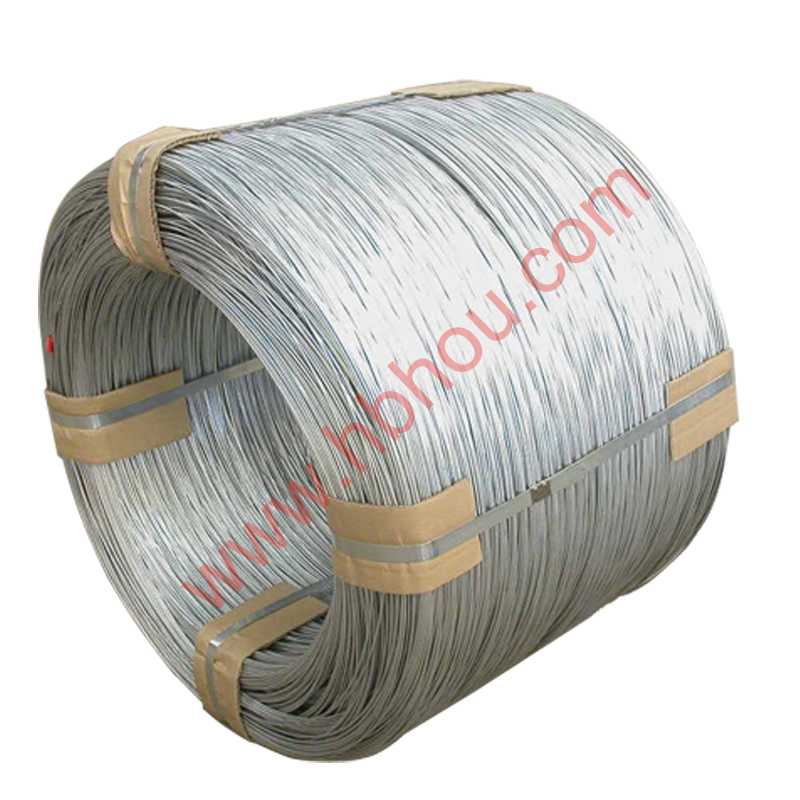Setting Fence Posts in Sandy Soil A Comprehensive Guide
Setting fence posts in sandy soil can present unique challenges and requires specific techniques to ensure durability and stability. Sandy soil, while well-drained, can also be loose and may not provide adequate support for fence posts if not installed properly. This article outlines the essential steps to effectively install fence posts in sandy soil, ensuring your fence remains upright and secure for years to come.
Understanding Sandy Soil
Sandy soil consists of larger particles that provide excellent drainage but can be less cohesive than clay or loamy soil. This lack of cohesion means that while water drains away quickly, posts can easily shift or lean over time if not installed correctly. The first step to a successful installation involves understanding the characteristics of sandy soil and planning accordingly.
Tools and Materials Needed
Before getting started, gather the necessary tools and materials
- Fence posts (wood, vinyl, or metal) - Post hole digger or auger - Gravel (preferably crushed stone) - Concrete mix (optional, for added stability) - Level - Tape measure - String line (for alignment) - Water (for mixing concrete if used)
Step-by-Step Guide to Installing Fence Posts
1. Plan and Mark the Fence Line Determine where you want your fence to go. Use stakes and a string line to mark the fence line, ensuring a straight alignment. Measure the distance between fence posts based on your fence design—commonly, posts are spaced 6 to 8 feet apart.
2. Dig the Post Holes Using a post hole digger or auger, dig holes for your fence posts. The general rule of thumb is to dig a hole that is about one-third the length of the post. For example, if you have an 8-foot post, the hole should be around 2.5 feet deep. Ensure the width of the hole is at least twice that of the post.
setting fence posts in sandy soil

3. Add Gravel for Drainage Once the holes are dug, add a few inches of gravel to the bottom of each hole. This gravel layer acts as a drainage layer, preventing moisture from accumulating at the base of the post, which can lead to rotting or corrosion over time.
4. Set the Posts Place the fence post into the hole, ensuring it is oriented in the correct direction. Use a level to check that the post is vertical. If necessary, make adjustments to ensure it is straight before securing it in place.
5. Backfill with Gravel Begin backfilling the hole with gravel, packing it down as you go to provide support. This step is crucial in sandy soil, as it helps to stabilize the post. Leave a little space at the top of the hole for additional material.
6. Mix and Pour Concrete (Optional) For added stability, particularly in windy areas, you can mix concrete in a wheelbarrow according to package instructions and pour it around the post. This step provides extra anchoring force. Ensure the concrete is water-resistant to combat the sandy soil's drainage properties. Allow the concrete to cure according to the manufacturer’s instructions.
7. Final Adjustments and Checks After the concrete has set, or if you opted not to use concrete, check the alignment of your posts once more. Ensure everything is level before proceeding with attaching the fence panels or rails.
8. Allow to Settle If you've used concrete, it’s important to allow the posts to settle for at least 24-48 hours before applying any tension or weight from the fencing materials.
Maintenance Tips
After successfully setting your fence posts, it's essential to maintain them to ensure longevity. Periodically check for movement or lean, especially after heavy winds or storms. If you notice any shift, address it promptly by re-leveling and securing the posts. Regular inspection and maintenance can prevent more significant issues down the road.
Conclusion
Installing fence posts in sandy soil may seem daunting, but with the right approach and techniques, it can be a manageable and rewarding task. By following these steps, you ensure that your fence is sturdy, functional, and aesthetically pleasing. Remember, the key to a durable fence lies in the preparation and execution of the installation process. Happy fencing!
















